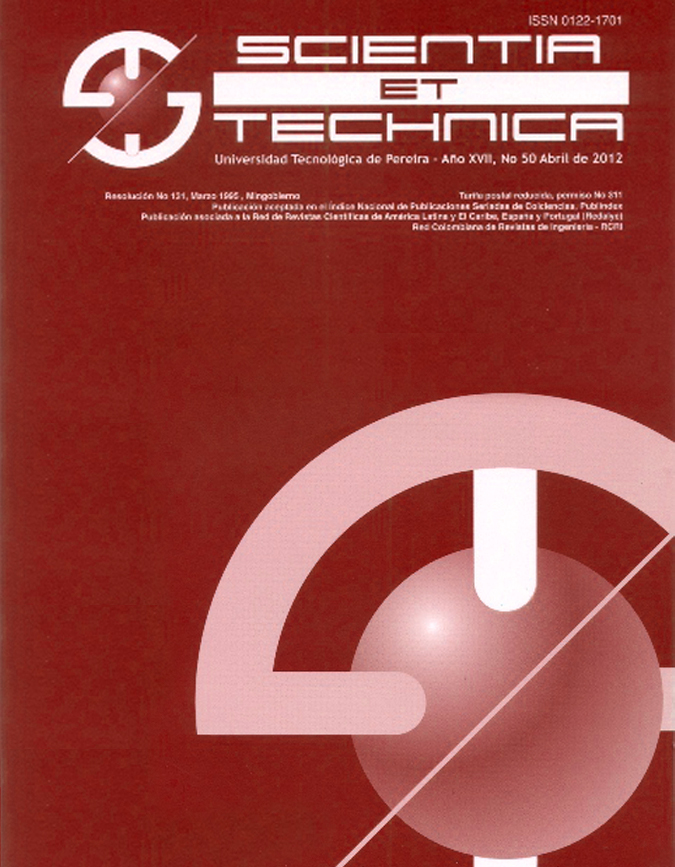Deconvolution of design parameters from elasto-plastic energy data acquired by nanoindentation in ceramic coatings
DOI:
https://doi.org/10.22517/23447214.12371Palabras clave:
Indentation energy, relative indentation depth (RID), hard coatings, ceramic coatingsResumen
The elasto-plastic energies and the RID parameter (Relative Indentation Depth b=hmax/t), defined as the ratio between the maximum indentation depth and the coating thickness, were used to evaluate the ability of the ceramic coated systems to withstand load. The study was conducted on M2 and 304L steels coated with titanium nitride by PAPVD. Both substrates were coated with TiN of about 2,0 and 3,0 µm thickness. The hardness vs. (b) and the ratio of plastic to total energy (Wp/Wt) vs. (b) graphs were analyzed. There were found correlations between the indentation depths at which the transition from mechanical response due to the coating to the mechanical response of substrate-coating and to substrate dominated behavior and the depths at which the efficiency of using the coating falls 33% and 50 %. Results show that it is possible to get useful information from the energy taken from the mechanical response of the coated systems to avoid the Oliver and Pharr method for measuring the hardness and elastic modulus.Descargas
Descargas
-
Vistas(Views): 1001
- PDF Descargas(Downloads): 771
Publicado
Cómo citar
Número
Sección
Licencia
Derechos de autor y licencias
La revista es de acceso abierto gratuito y sus artículos se publican bajo la licencia Creative Commons Atribución/Reconocimiento-No Comercial-Compartir bajo los mismos términos 4.0 Internacional — CC BY-NC-SA 4.0.
Los autores de un artículo aceptado para publicación cederán la totalidad de los derechos patrimoniales a la Universidad Tecnológica de Pereira de manera gratuita, teniendo en cuenta lo siguiente: En caso de que el trabajo presentado sea aprobado para su publicación, los autores deben autorizar de manera ilimitada en el tiempo, a la revista para que pueda reproducirlo, editarlo, distribuirlo, exhibirlo y comunicarlo en cualquier lugar, ya sea por medios impresos, electrónicos, bases de datos, repositorios, discos ópticos, Internet o cualquier otro medio requerido.
Los cedentes mediante contrato CESIÓN DE DERECHOS PATRIMONIALES declaran que todo el material que forma parte del artículo está totalmente libre de derechos de autor de terceros y, por lo tanto, se hacen responsables de cualquier litigio o reclamación relacionada o reclamación relacionada con derechos de propiedad intelectual, exonerando de toda responsabilidad a la Universidad Tecnológica de Pereira (entidad editora) y a su revista Scientia et Technica. De igual forma, los autores aceptan que el trabajo que se presenta sea distribuido en acceso abierto gratuito, resguardando los derechos de autor bajo la licencia Creative Commons Atribución/Reconocimiento-No Comercial- Compartir bajo los mismos términos 4.0 Internacional — CC BY-NC-SA 4.0.
https://creativecommons.org/licenses/by-nc-sa/4.0/
A los autores, la revista Scientia et Technica tiene la obligación de respetarle los derechos morales (artículo 30 de la Ley 23 de 1982 del Gobierno Colombiano) que se les debe reconocen a estos la paternidad de la obra, el derecho a la integridad y el derecho de divulgación. Estos no se pueden ceder ni renunciar.



